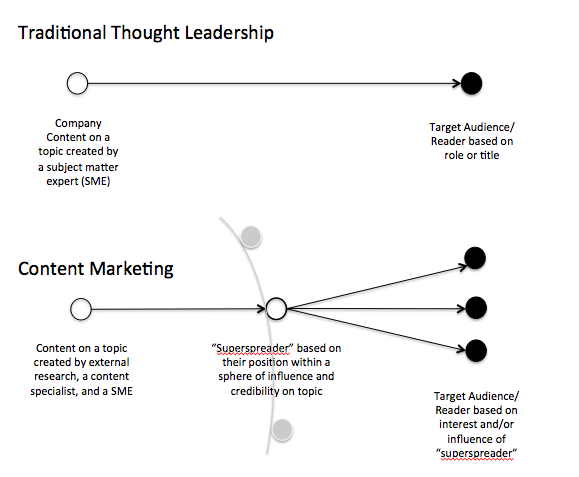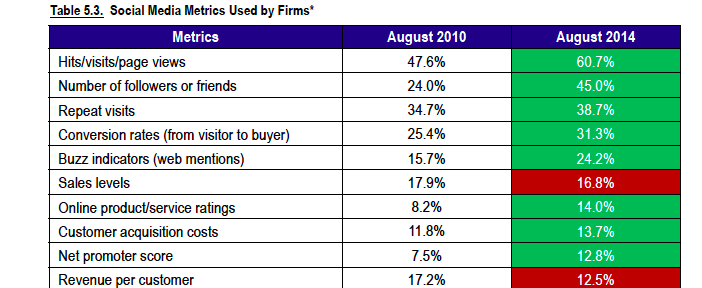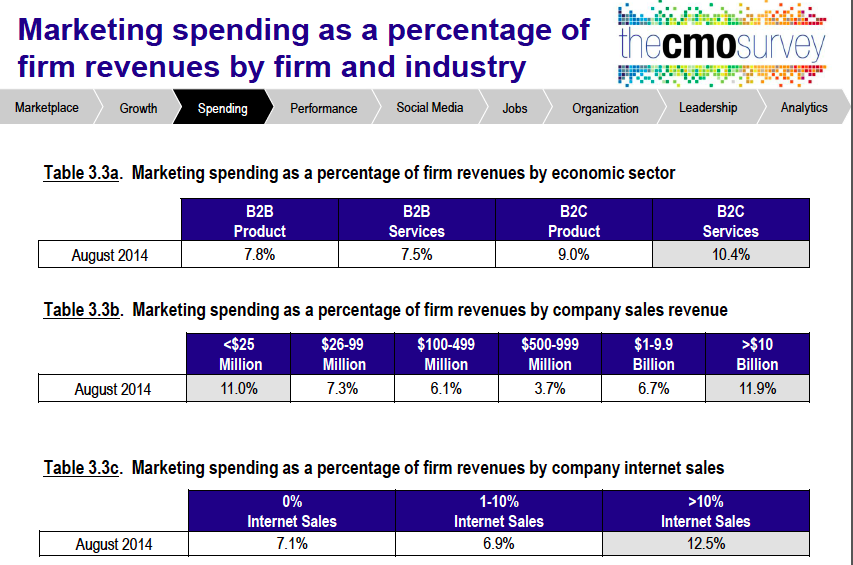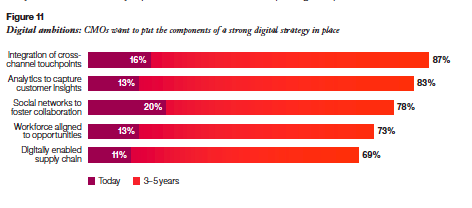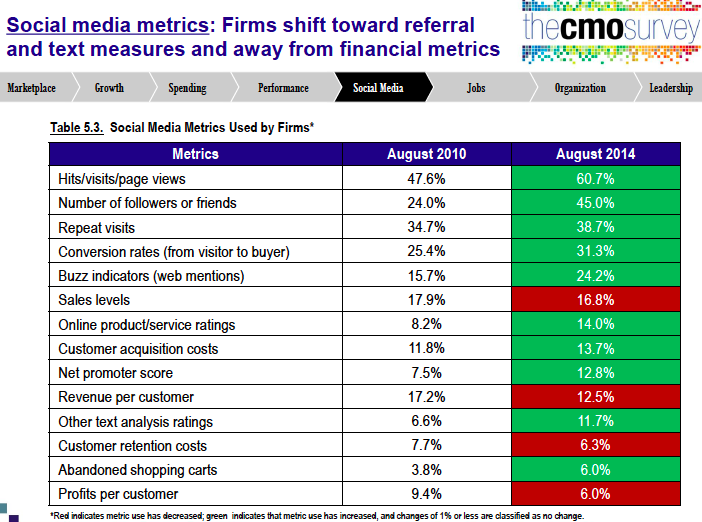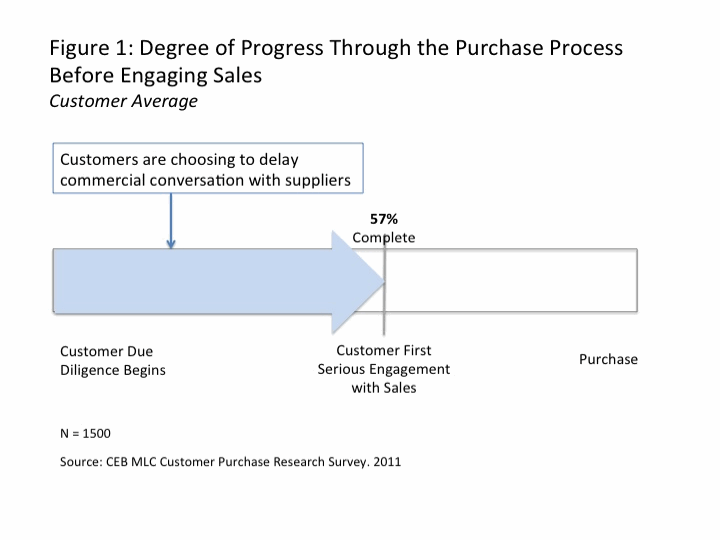This year’s Fortune Brainstorm Tech conference in Aspen was an incredible experience.
 There were fantastic insights dropped by speakers like Rahm and Ari Emanuel, John Doerr from Kleiner Perkins Caufield & Byers, Reid Hoffman, CEO of Greylock Partner and co-founder of LinkedIn. I came away from the two and half-day event with three “ah-ha’s” because of their potential impact as game changers for marketers.
There were fantastic insights dropped by speakers like Rahm and Ari Emanuel, John Doerr from Kleiner Perkins Caufield & Byers, Reid Hoffman, CEO of Greylock Partner and co-founder of LinkedIn. I came away from the two and half-day event with three “ah-ha’s” because of their potential impact as game changers for marketers.
The New Native Advertising
Consumers are interacting with brands nearly all of the time. In the past, no one was watching and no one really cared, but new digital platforms and big data companies are about to change that. Companies like Storehouse, are giving consumers a platform to tell and share their story, many of which involve brands. Organizations like Ban.jo are capturing those moments and are beginning to alert brands. This “new native advertising” will grow out of naturally occurring brand experience that quickly get amplified and shared with others — real people, experiencing real brands, in real time. As this trend evolves, look for the role of the agency to shift from that of being the creator of disruptive ads aimed at getting your attention to amplifier and distributor of consumer generated organic ads.
Smart Carts
Jet.com recently launched to bring club discount shopping online. Its innovative business model is built off of the “smart cart.” As consumers fill up their cart, the price of the items begins to change based on availability of the item and the shipping location. Jet.com sources items from small business and tries to fill orders from local merchants. For example, you buy a baseball and a bat; you’ll get one price, add a baseball mitt and it will change the price for all three items depending on what type of mitt you are buying. To get the best price, wait a couple of days for shipping. Buy it immediately, and you’ll pay another price. Jet.com promises savings of 10-15 percent by using the advantage of filling orders locally and then passing the shipping cost savings along to the consumer.
The Internet of Things
Connected cars are coming. Actually, you could argue that it arrived years ago with GM’s OnStar. The next evolution later this year will include apps, beacons and commerce platforms like Visa Checkout and Apple Pay. Order a pizza from the Pizza Hut app on the screen in your car and payment processes automatically. Pull into the specially marked space in front of the restaurant and a beacon alerts them you have arrived for pickup. It also verifies your identity confirming payment. As beacons and autos unite, companies must begin to find ways for that 5-8” screen in your car to be the next big opportunity for advertising. 
The most mind-blowing thing I saw or heard, though, is Ban.jo. Founded by Damien Patton, the company is what Inc. magazine describes as the “The Most Important Social Media Company You’ve Never Heard Of.” Ban.jo, by mining social media, can figure out what is happening anywhere in the world in real time by looking at a specific place at a specific time. Ban.jo was the first to detect the Boston Marathon bombing, the Ukrainian plane downing and even the Amtrak train wreck in Philadelphia. According to Patton, they beat traditional media organizations to the story by eight minutes on average.
Here’s the mind-blowing part: Ban.jo has built a virtual grid of more than 25 billion squares as an overlay of the entire globe. Their software monitors geo-located social posts for anomalies and then flags them for further investigation. It is, as Damien describes, “a crystal ball.” For marketers, it presents an opportunity to help facilitate the new native advertisement I mentioned above.
 Overall, the event was one of the most insightful conferences I’ve ever attended. From the location (Aspen) to the speakers, the event had a certain energy unlike any other event. It could be because of the amount of start-ups and investor present, but I believe it came from the attendees themselves. I met interesting people from fascinating companies who had a shared goal of meeting people and gaining knowledge. If you have the opportunity, put this in your budget for next year and book this event. I highly recommend it
Overall, the event was one of the most insightful conferences I’ve ever attended. From the location (Aspen) to the speakers, the event had a certain energy unlike any other event. It could be because of the amount of start-ups and investor present, but I believe it came from the attendees themselves. I met interesting people from fascinating companies who had a shared goal of meeting people and gaining knowledge. If you have the opportunity, put this in your budget for next year and book this event. I highly recommend it


